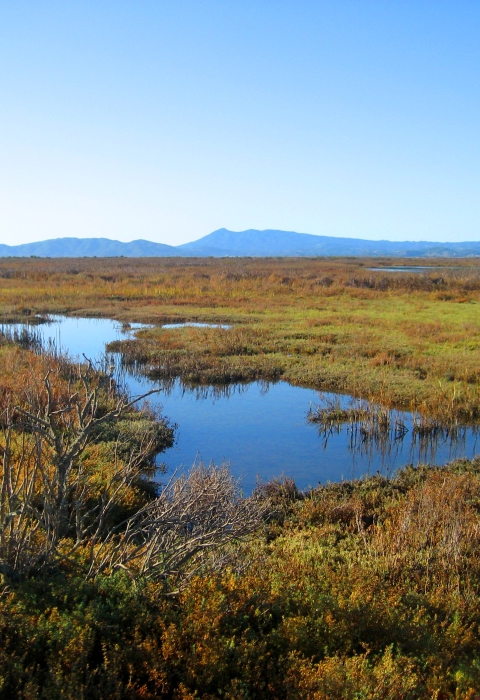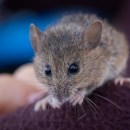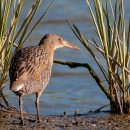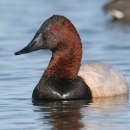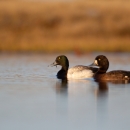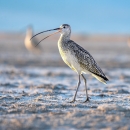Visit Us
Lands, Roads and Trails: The refuge is open daily from sunrise to sunset for approved activities.
Headquarters Office: Our address is 2100 Sears Point Road, Sonoma CA 95476. The office is generally open Monday-Friday. However, staff are often out in the field and the office may be closed. It is best to call the office before arriving to ensure that there is someone there to assist you.
San Pablo Bay National Wildlife Refuge, Refuge Manager, Melisa Amato (510) 377-9229
Location and Contact Information
About Us
The San Pablo Bay National Wildlife Refuge was established in 1974 to support migratory birds, wetland habitat, and endangered species. The Refuge consists of more than 19,000 acres located along the northern edge of San Pablo Bay in northern California. The refuge and San Pablo Bay supports the largest wintering population of canvasbacks on the west coast, and protects the endangered salt marsh salt marsh
Salt marshes are found in tidal areas near the coast, where freshwater mixes with saltwater.
Learn more about salt marsh harvest mouse and the California Ridgway’s rail.
What We Do
The National Wildlife Refuge System is a series of lands and waters owned and managed by the U.S. Fish and Wildlife Service. Wildlife conservation is at the heart of the refuge system. It drives everything we do from the purpose a refuge is established, to the recreational activities offered there, to the resource management tools we use. Selecting the right tools helps us ensure the survival of local plants and animals and helps fulfill the purpose of the refuge.
